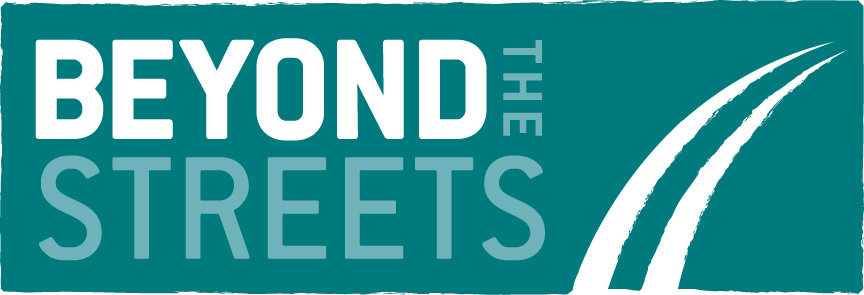
Current homeless counts do not take into account that women reported sleeping rough often shelter in a variety of hidden locations including A&E waiting rooms, on buses or trains, staying with strangers, and in other locations unlikely to be identified by support services or current methods of census recording.
The 2023 London’s women’s rough sleeping census was able to collect over 9x more data than rough sleeping snapshots. This was because they collected over a 7-day window, rather than in one night; this decision was informed by their knowledge of how women’s homelessness presents.
In the 41 areas that took part in the census, 815 women were identified compared to just 189 through the government’s rough sleeping census in 2023. This demonstrates a stark contrast in the effectiveness of the respective approaches.
The government’s current rough sleeping definition also does not encompass a number of the forms of women’s rough sleeping that the women’s census has identified. In our experience, we have worked alongside women who have raised experiences of exchanging sexual relations for accommodation to avoid sleeping rough. This means women’s experiences are not recognised and their homelessness is less likely to be resolved.
The definition adopted by the government currently involves the need to see people bedded down or about to bed down to be counted. The Women’s census utilized a more gender nuanced definition of homelessness, and urges others bodies to do so too.
A Women’s Census participant said:
“As a female, you feel vulnerable, and I was scared to sleep outside in case anything bad happened to me. You feel people look down on you. I think a lot of girls choose random places to stay, and there are a lot of homeless women.”
Read the 2024 report on the 2023 census delivered in partnership by Solace Women’s Aid, SHP, and London Councils, and with the support of many organisations across England.
I want to learn more about Beyond the Streets support services.

Share this page